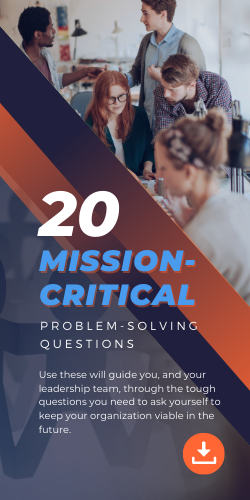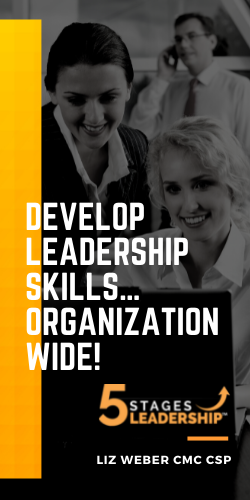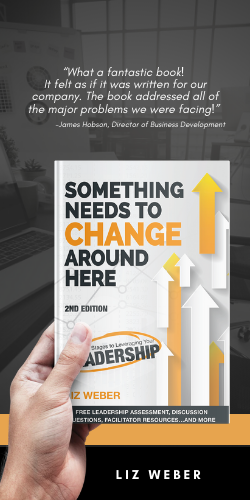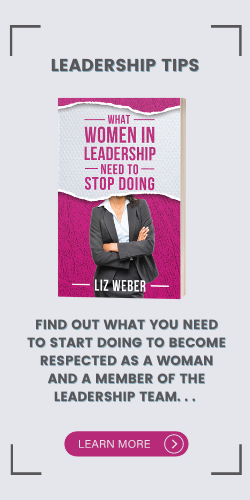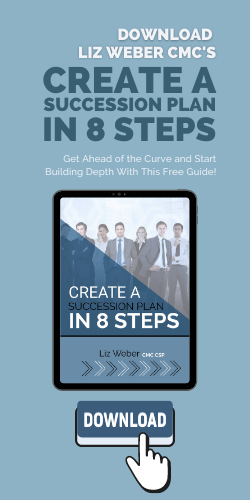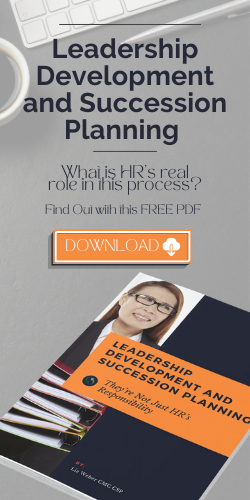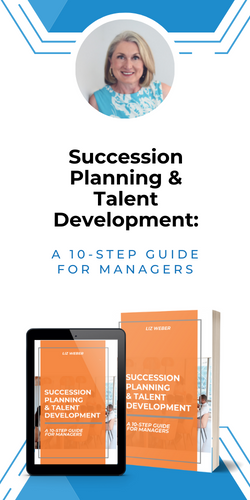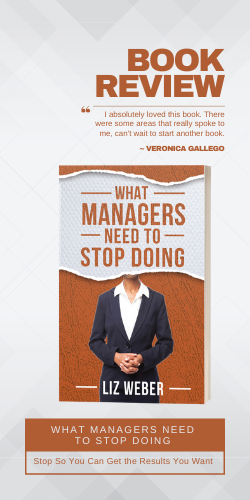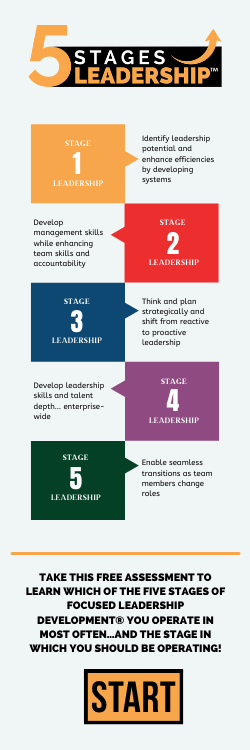
We’re making headway, but many executive managers in the public and private sectors still believe the human resources department is primarily responsible for leadership development and succession planning. It’s a shame to say it, but those organizations are going to face a long, hard road ahead. The longer executive management continues this limited mindset, the further behind their organizations will be in developing their future leaders and their organizations’ succession plans. You see, it’s not primarily HR’s responsibility to develop the organization’s succession plan for future leaders; it’s theirs. And that scares the heck out of most executive managers.
“Succession planning and leadership development are more than just lining up recruits for vacancies, and most public sector managers haven’t caught onto this yet,” said Eric Henry, executive director of the Pennsylvania State Employees’ Retirement System. “Solid leadership planning and development means you’ve created an organization that has a number of junior and mid-level managers ready to step up and take over for a number of your department heads when the need arises; whether through planned attrition or unplanned departures.”
Create an organization that believes in solid leadership development and succession planning.
How do you create an organization that believes in the value of developing future leaders and succession planning? It can only work if it comes from the top. Your senior management must believe or no other managers or employees will. Once senior management believes in the necessity of planning, you’re ready to help others believe too. To do that, you need to help all of your employees see the future. You need to help them see what your organization will look like. You need to help them see what future leaders of your organization will be responsible for. You need to create a clear, concise vision for your organization. If you can help them see the future, you’ll start to create greater understanding in your managers, and potentially your entire employee population, of the need to develop future leaders.
The biggest hurdle I’ve seen over the years, however, is that few public organizations create vision statements. Those that do create statements that are nothing more than “feel-good” statements that make you want to hug one another, but provide no focus and little clarity for the future. Create a vision that is measurable and has a due date. Create, as Stephen Covey, Ph.D., co-founder and vice chairman of FranklinCovey, said, a “Wildly Important Goal.” Create a vision employees can understand, internalize, and get excited about.
Once you’ve provided a vision for others to see and understand, you then focus on creating an organization that believes in your vision. How do you do that? Create a plan to accomplish the vision. The vision, if created properly, will by default touch every department of your organization. Therefore, every department must do something to help attain the vision. If your vision is far-reaching and forward-thinking, every department will be tasked to assert its skills, talents, and energies to new levels to help you reach the vision. When each department starts to understand and plan what it needs to do to help attain the vision, by default, they will need to address staffing, leadership, training, project management and other leadership development and planning issues. You’ve now set the foundation to have HR work in tandem with every department to develop depth and “bench strength” within, not only every department but throughout the entire organization.
“HR’s role is to find the appropriate avenues to develop each employee whether it be training, mentoring, or other special programs,” said Cheryl Krchnar, director of Human Resources for the Pennsylvania State Employees’ Retirement System (SERS). “Our role is to work in conjunction with our managers in determining the most effective means to help them develop their department’s future leaders.”
Because they, like most organizations, have experienced the loss of staff with a great deal of knowledge stored only in their minds, SERS is focusing on developing its culture into one that stresses the need for shared knowledge. One of many initiates currently underway at SERS is establishing a stronger knowledge management system to ensure that anyone who steps into a new position knows where to get data when they need it.
“We’re moving away from an environment of ‘Knowledge is Power; Sharing is Not’ to one of ‘Shared Knowledge,'” added Henry. Just one way they’re doing this is moving away from identifying only one potential heir apparent for each position. Instead, SERS is working to create a culture in which all managers will be constantly monitoring and teaching others how to become viable candidates for other positions within the agency.
Henry continued, “Most public agencies focus on who’s going to retire and when. That’s short-sighted and a waste of time. People don’t always leave on schedule. Young and old leave for various reasons.”
This mindset by most managers tends to create a no-win situation and one in which there’s always guessing as to when and who to recruit. Instead, why not create an environment, in which there is the flexibility to address planned and unplanned departures? Why not create a culture where every employee has the potential to be a candidate for promotion or future openings? Why risk demoralizing some staff by focusing only on one or a select few? Why not create an environment where all employees are truly valued and know it? Once that type of organization has been created, the organization will not only understand the need for continuous leadership development and succession planning, the organization will want it.
The second major challenge to successful leadership development and succession planning is:
Create leadership development and succession planning systems that work
This is where the expertise of Human Resources kicks into high gear. As indicated above, HR’s role is to work in conjunction with other managers to create systems to develop individual employees’ skills to allow them to compete effectively for and fill various positions within the agency or without. To do this, however, HR needs to be the primary architect of the overall organization’s development and succession plans. Using HR’s expertise in identifying competency requirements and skill development needs, HR can take the first step in helping managers grapple with developing others now and for the future.
HR, in coordination with other department managers, must focus on coordinating and then matching development needs with prospective solution sources. These solutions include such things as:
- Revise position descriptions/job tasks to reflect performance management concepts. Focus more on results and less on tasks.
- Guide managers in coaching, training, and supporting their employees in performance management techniques.
- Create and guide the formation of a management development council – a dedicated group of managers selected from across the agency that meets regularly to discuss and monitor only the development of staff and future leaders to ensure the agency continues to develop staff skilled at moving the organization toward its vision.
- Develop mentoring programs to enable more experienced staff (old or young) to team up and work with other staff members to enhance skills throughout the organization.
- Provide opportunities for employees who project the values of the organization to move into other departments to broaden their knowledge and skill base. As Henry said, “I can always backfill with the technical skills if I’ve been developing solid leadership skills along the way.”
- Create an application-oriented training program that provides programs that focus on the soft and hard skills. More importantly, the program needs to be real-world based. It needs to incorporate projects, issues being faced by the attendees, as well as to create opportunities for them to apply and integrate the training concepts and skills on-the-job between programs and after any formalized training programs end.
An integrated system allows an organization to feed and sustain a culture of development and planning. HR is a critical player. HR must often take the lead to establish a partnership with the executive and mid-level managers to put the internal development systems, training, programs, projects, mentoring opportunities and management review teams in place to make solid leadership development and planning a reality.
Leadership development and succession planning are not just HR’s responsibility. But if you want your organization to face it and embrace it, HR must guide and coordinate the plan.
Copyright MMVI – Liz Weber, CMC, CSP – Weber Business Services, LLC – www.WBSLLC.com +1.717.597.8890
Liz supports clients with strategic and succession planning, as well as leadership training and executive coaching.





